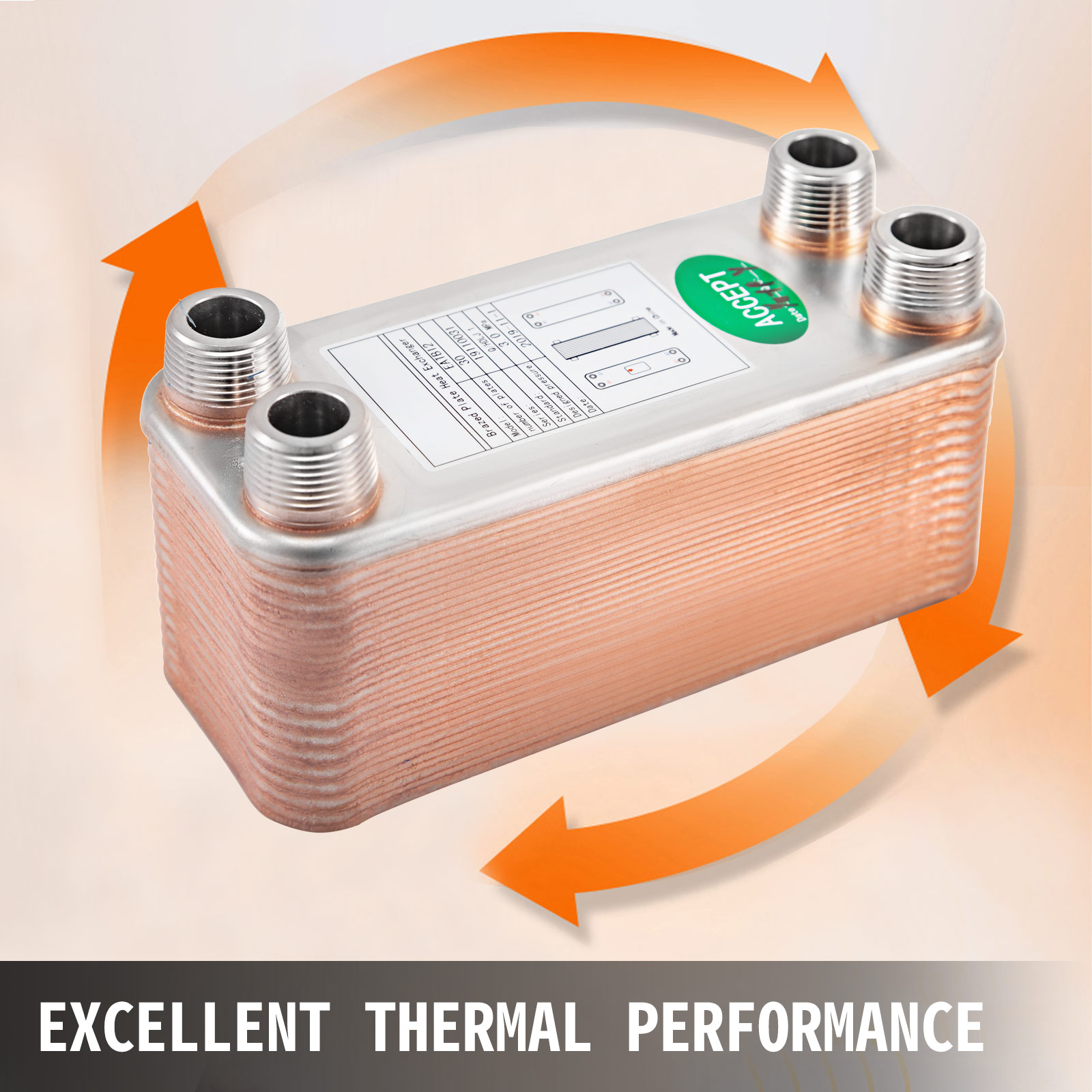From Concepts to Application: Developing Efficient Heat Transfer Devices

Heat exchangers are crucial components in a diverse array of industrial applications, playing a key role in shifting heat between two or more fluids. Their effectiveness and functionality are not only critical to improving energy use but also necessary for upholding process safety and performance in various sectors, from power generation to food production. Understanding what heat exchangers are and how they function is the initial step toward utilizing their benefits efficiently.
In this write-up, we will examine the several types of heat exchangers, their functions, and how to choose the suitable one for your specific needs. We will investigate the nuances of design elements, innovations in the field, and maintenance practices that can significantly enhance the durability and performance of these systems. By linking between theory and practical application, we aim to provide a thorough guide for those looking to harness the potential of heat exchangers in their projects.
Comprehending Heat Exchangers
Heat exchange systems are essential systems designed to conduct heat between multiple liquids while preventing mixing. They work on the basis of heat transfer, where heat energy is exchanged from a warmer fluid to a colder one, effectively allowing temperature regulation in various applications. The basic mechanism often entails conductive heat transfer, which takes place through a separator that separates the fluids. This method plays a crucial role in boosting energy efficiency and controlling thermal processes across sectors.
There are several different types of heat exchangers, each tailored for particular applications and operating conditions. Common configurations include shell and tube heat exchangers, plate heat exchangers, and air-cooled. The selection of design often is influenced by factors such as heat transfer efficiency, space constraints, and maintenance requirements. Comprehending these differences is vital for designers who aim to select the appropriate type for their specific project needs.
In addition to their primary function of heat transfer, heat exchangers significantly impact energy efficiency and environmental sustainability. By enhancing energy recovery and minimizing waste, they contribute to reduced operational costs and diminished carbon emissions. Their role extends beyond just industrial applications, as they are key components in HVAC systems, power plants, refrigeration, and even renewable energy systems, emphasizing their versatility and importance in modern engineering.
Applications and Benefits
Heat exchange devices play a key role in various industries, making them essential in sectors such as the oil and gas industry, chemical processing, and power generation. In the oil and gas industry, heat exchangers are used to efficiently transfer heat during refining operations, ensuring optimal operation and energy savings. Similarly, in chemical manufacturing, these devices help maintain accurate temperatures required for reactive processes, thereby enhancing product quality and process efficiency. https://standardxchange.com/ allows for efficient heat recovery, reducing waste and boosting output in these important industries.
The efficiency of energy provided by heat exchangers is a significant benefit that cannot be ignored. By capturing waste heat from industrial processes, these equipment units reduce energy consumption and decrease operating costs. This efficiency is particularly evident in HVAC systems, where heat exchangers improve air quality indoors and comfort while lowering energy bills for business and residential buildings. Additionally, their role in sustainable energy solutions, such as solar energy systems and geothermal applications, highlights their importance in promoting sustainability across sectors.
Cost savings are another notable advantage of using heat exchangers. They not only lower energy expenses but also cut maintenance and repair costs when properly designed and cared for. Innovations in heat exchanger technology, such as space-saving designs and the use of materials like stainless steel, enhance robustness and facilitate simpler cleaning. This mix of lowered operating costs and improved reliability makes heat exchangers a smart investment, contributing to long-term savings in both energy usage and maintenance costs.
Design and Care Insights
While developing heat exchangers, it is crucial to take into account not just the anticipated thermal performance, however also the functional aspects of installation and maintenance. A carefully considered design can substantially minimize potential downtime and enhance operational efficiency. Elements such as serviceability for service, convenience of cleaning, and component selection play a crucial role. By incorporating features that facilitate routine checks and maintenance, manufacturers can prolong the lifespan of heat exchangers and reduce the impact of fouling or other concerns that may arise during operation.

Regular maintenance is vital to ensure that heat exchangers operate at peak efficiency. This entails routine inspections to spot early signs of wear or fouling, which can hinder performance and lead to escalating energy costs. Scheduled cleaning, along with monitoring systems that can pick up irregularities in temperature and pressure, facilitates for swift corrective actions. Moreover, understanding the specific environmental conditions in which a heat exchanger operates can assist in developing targeted maintenance strategies that ensure reliability and efficiency over time.
The choice of materials also notably impacts both the design and long-term maintenance of heat exchangers. Materials such as stainless steel are commonly used due to their corrosion resistance and strength, making them appropriate for multiple applications, including those in the food and beverage and chemical industries. Developments in compact heat exchanger design, coupled with advancements in digital monitoring technologies, further improve the ability to maintain maximum performance and lengthen the operational life of these key components in various industrial applications.
